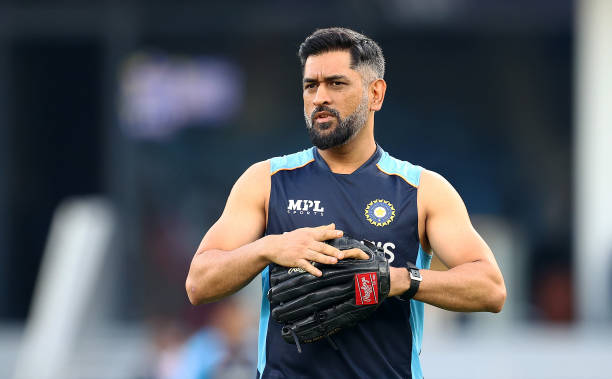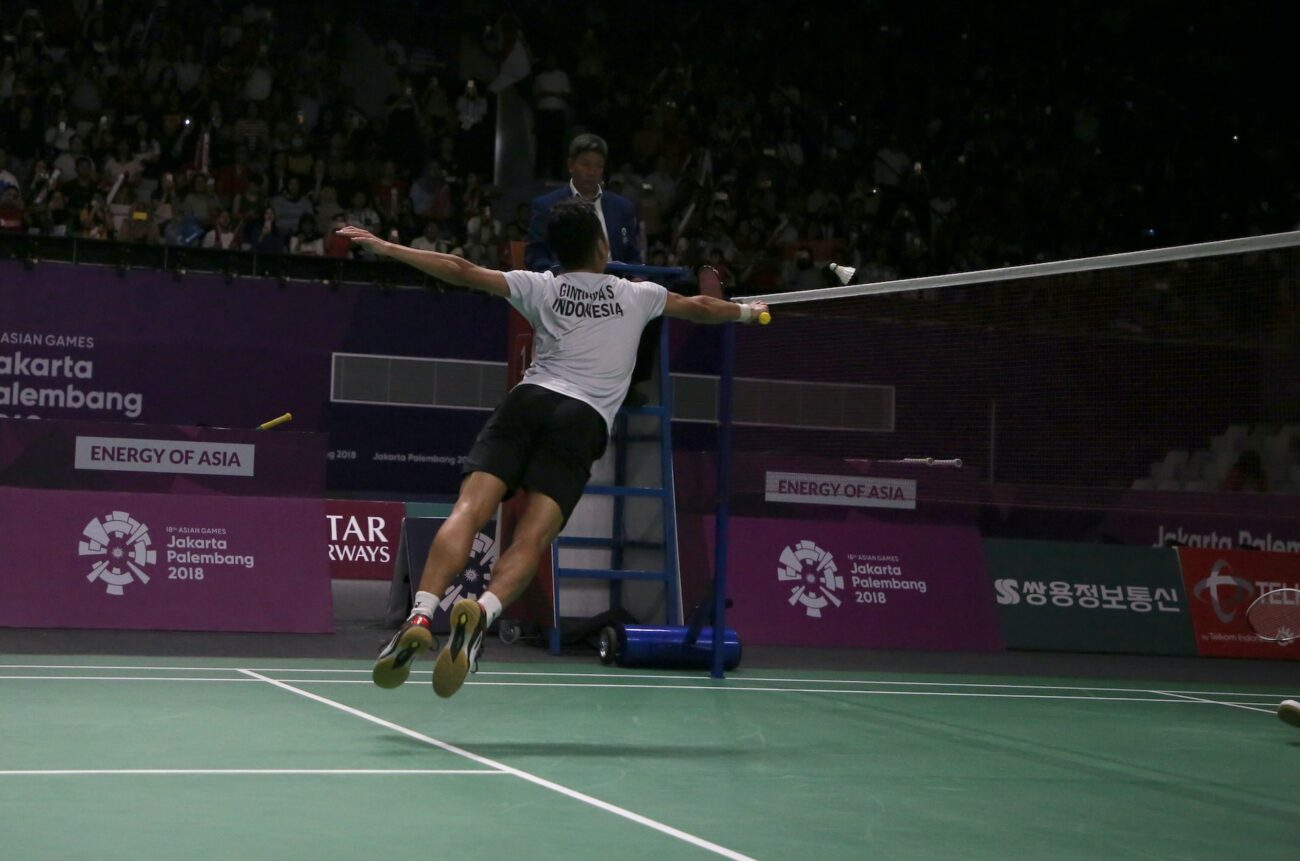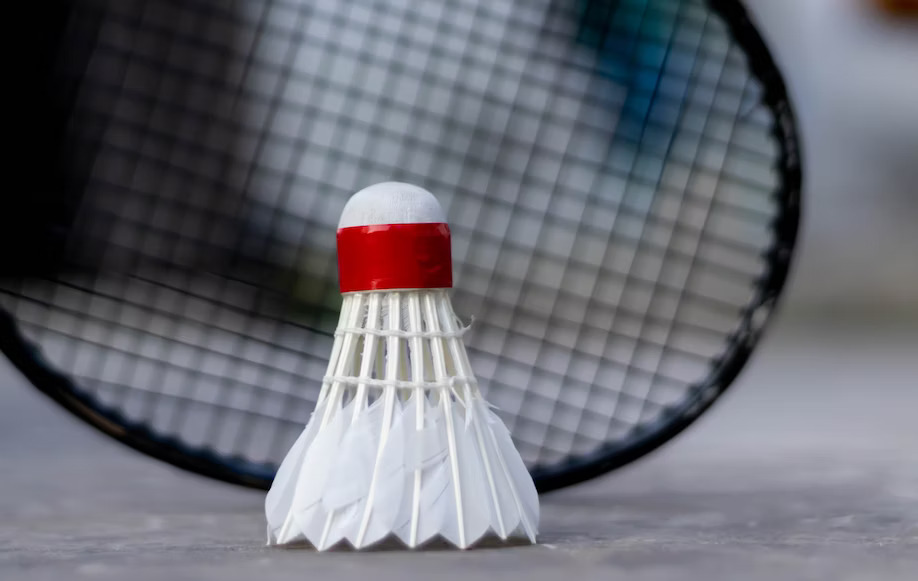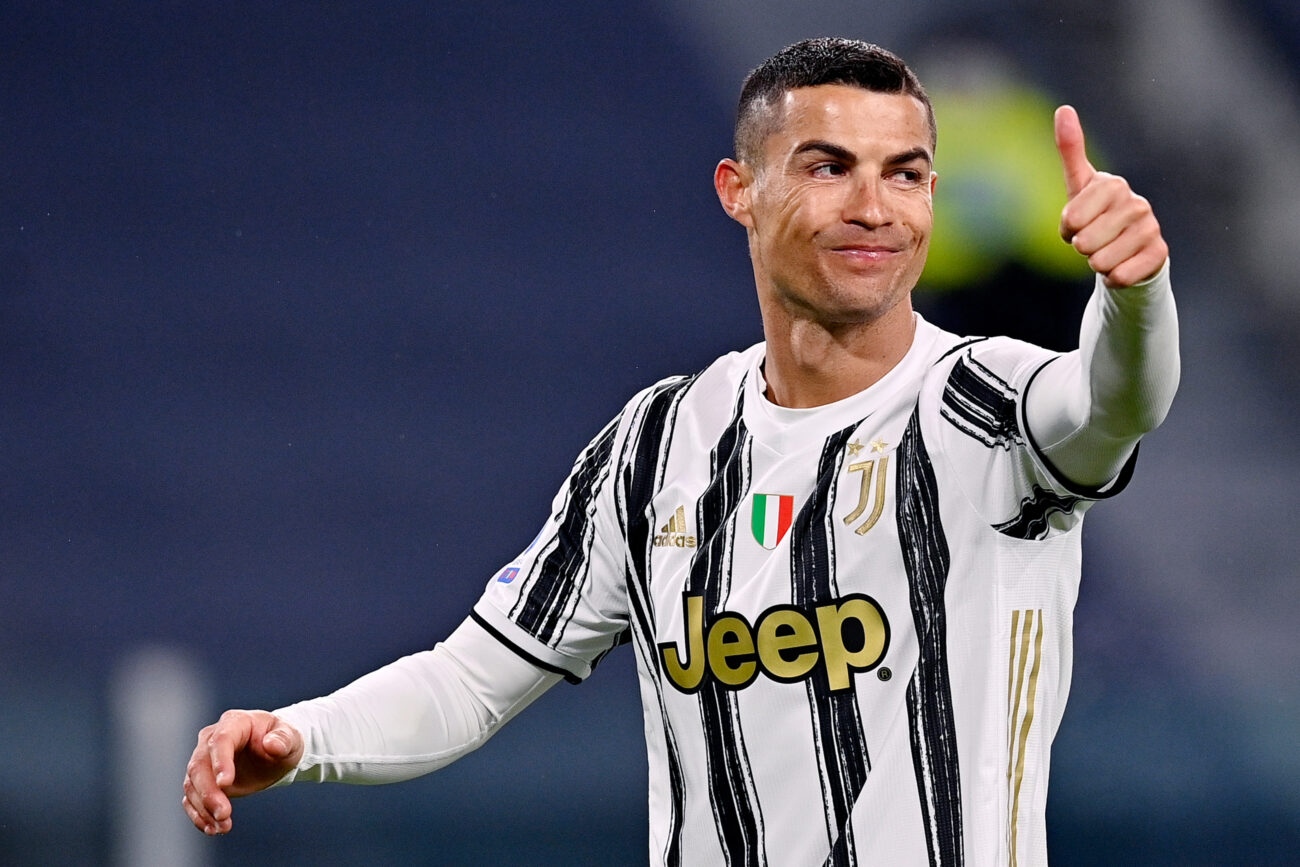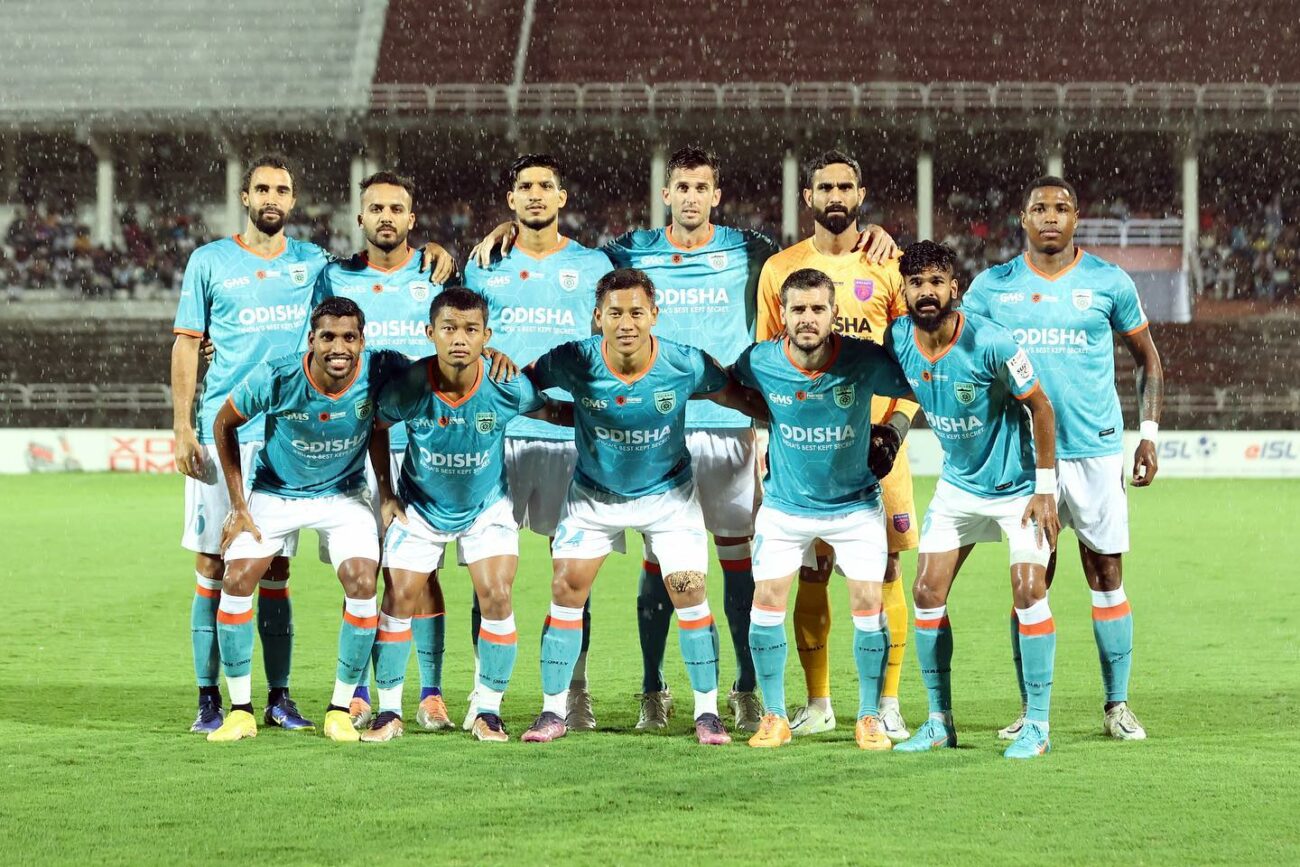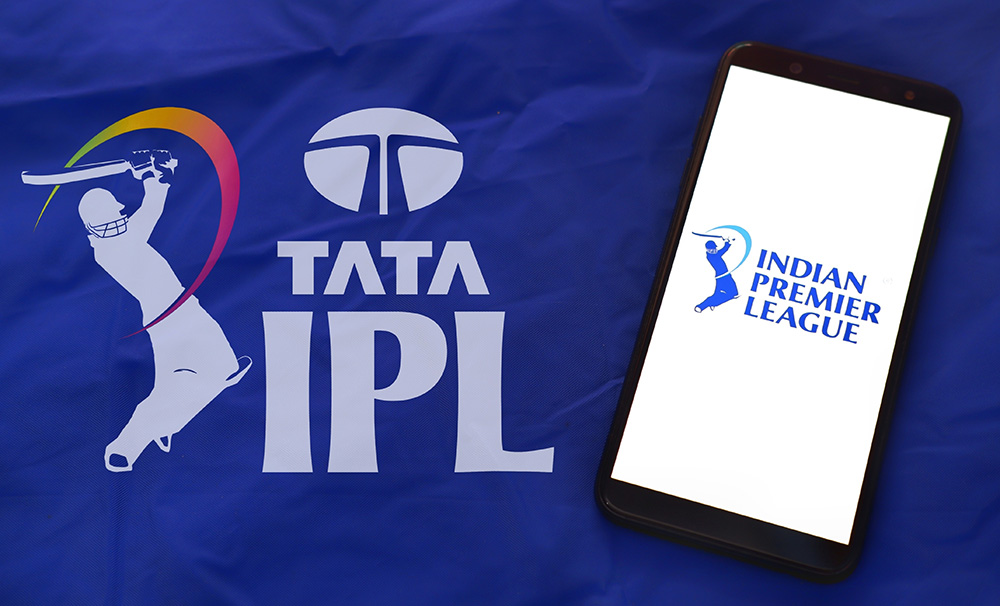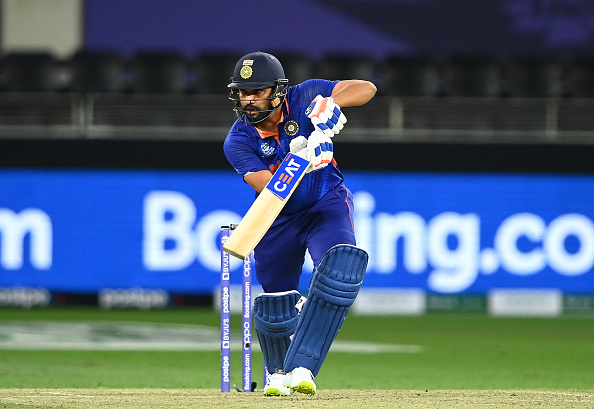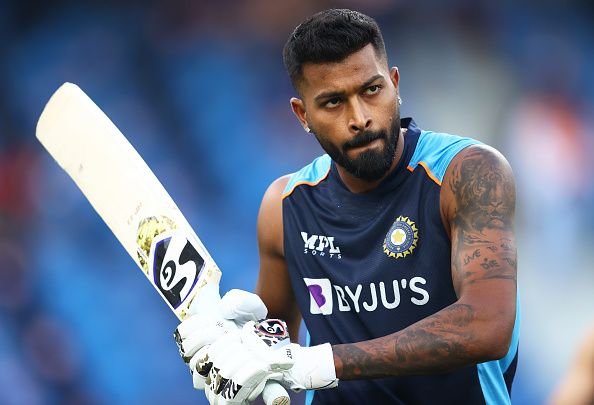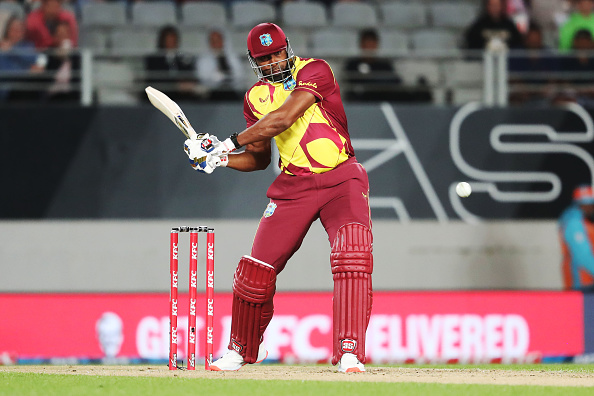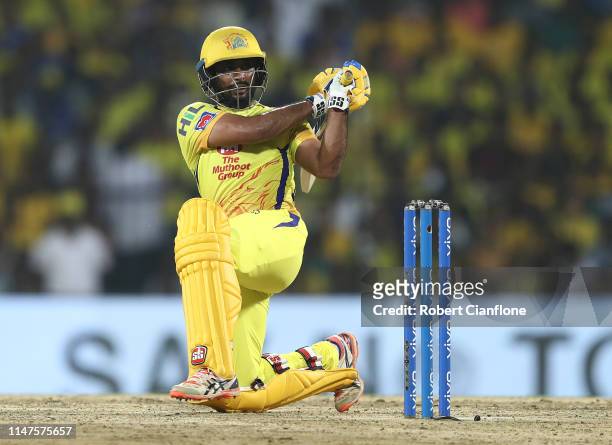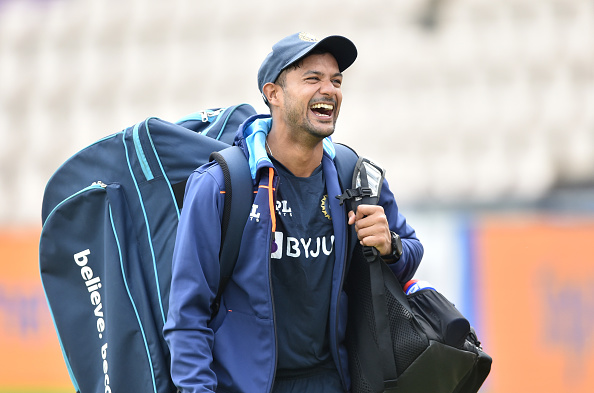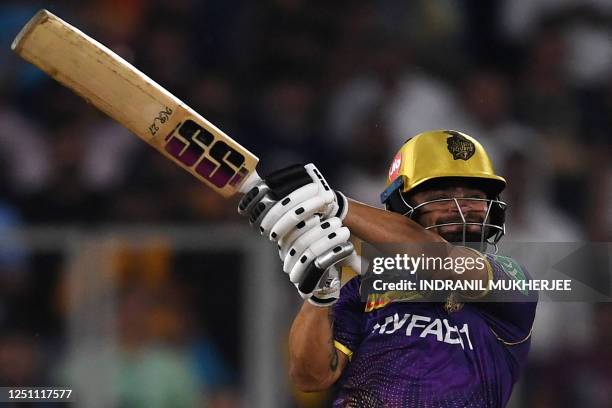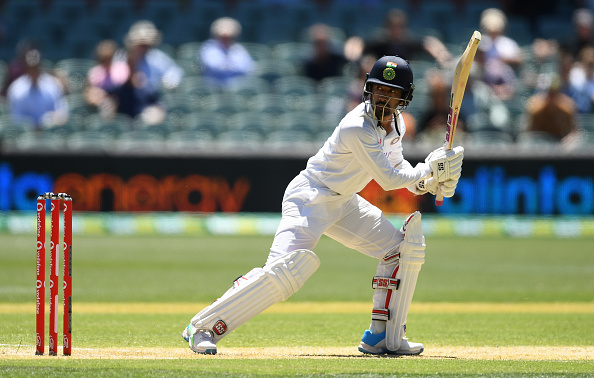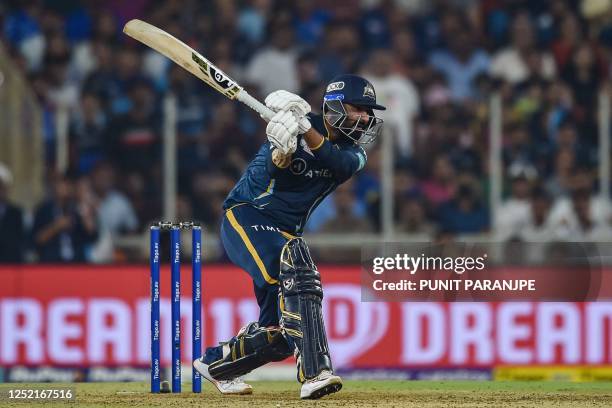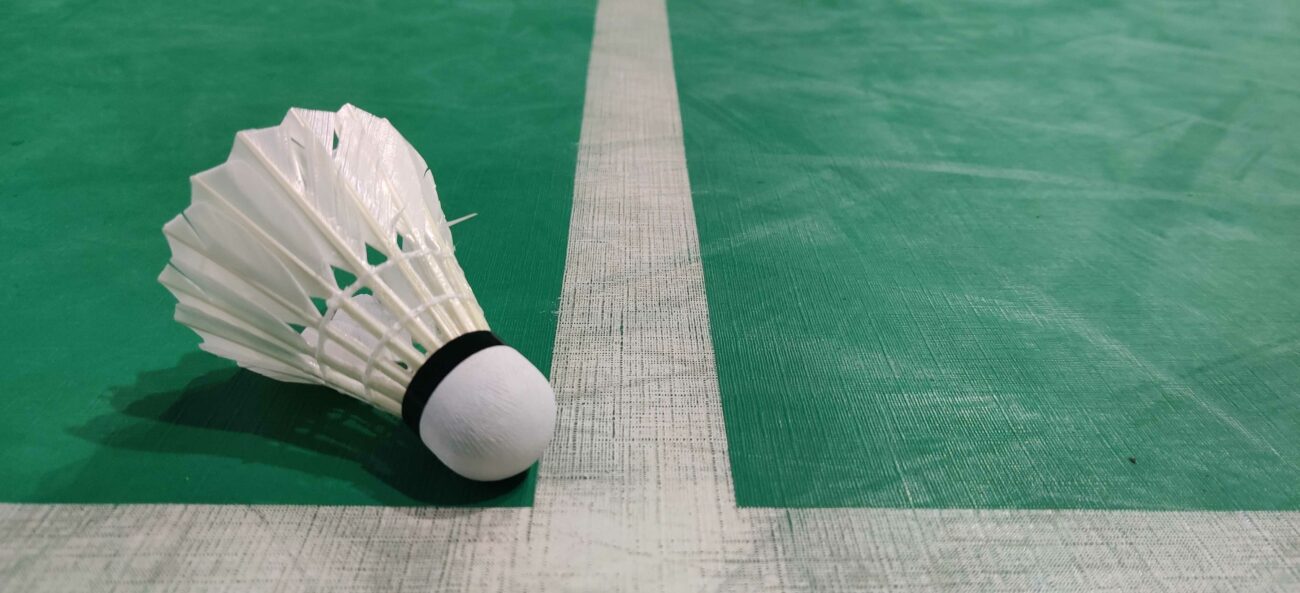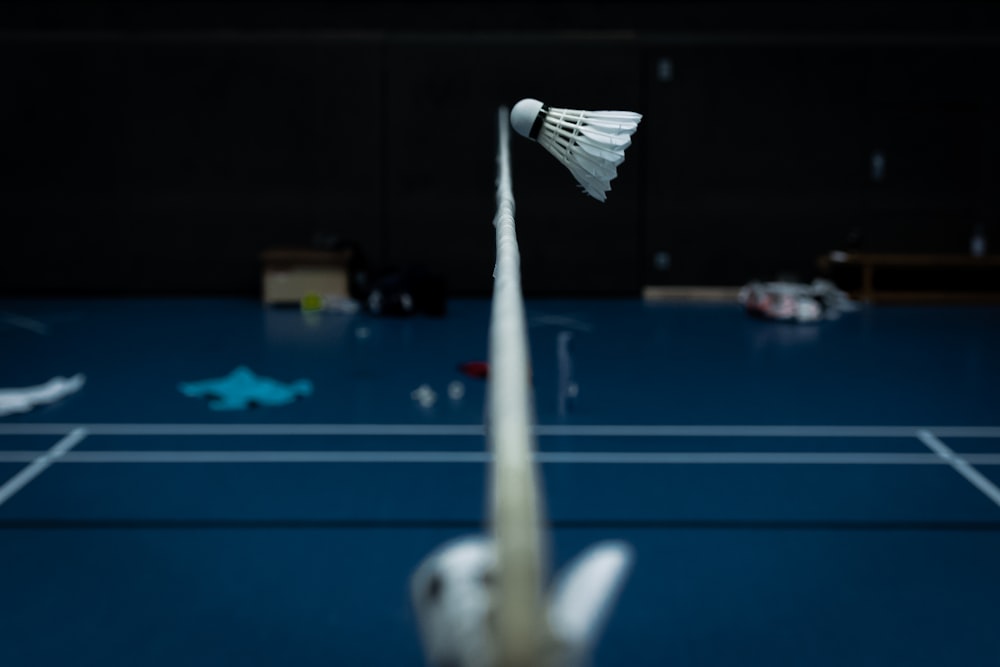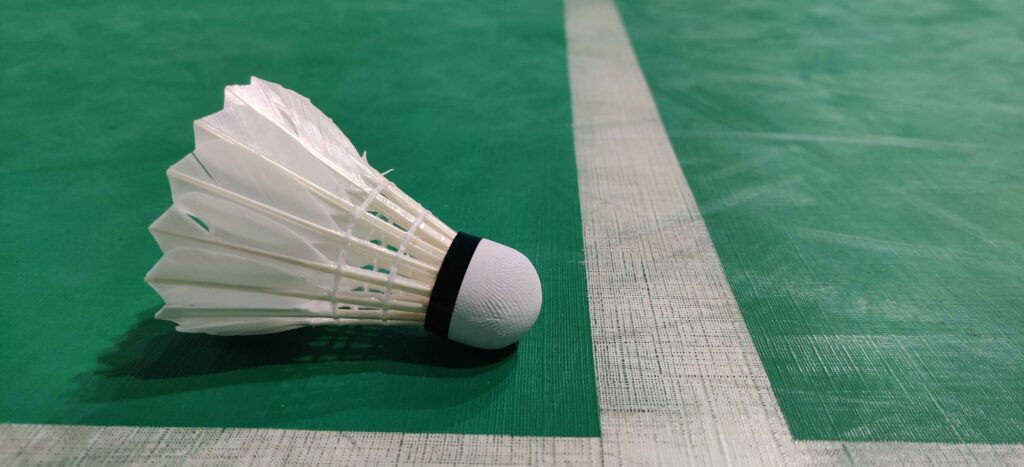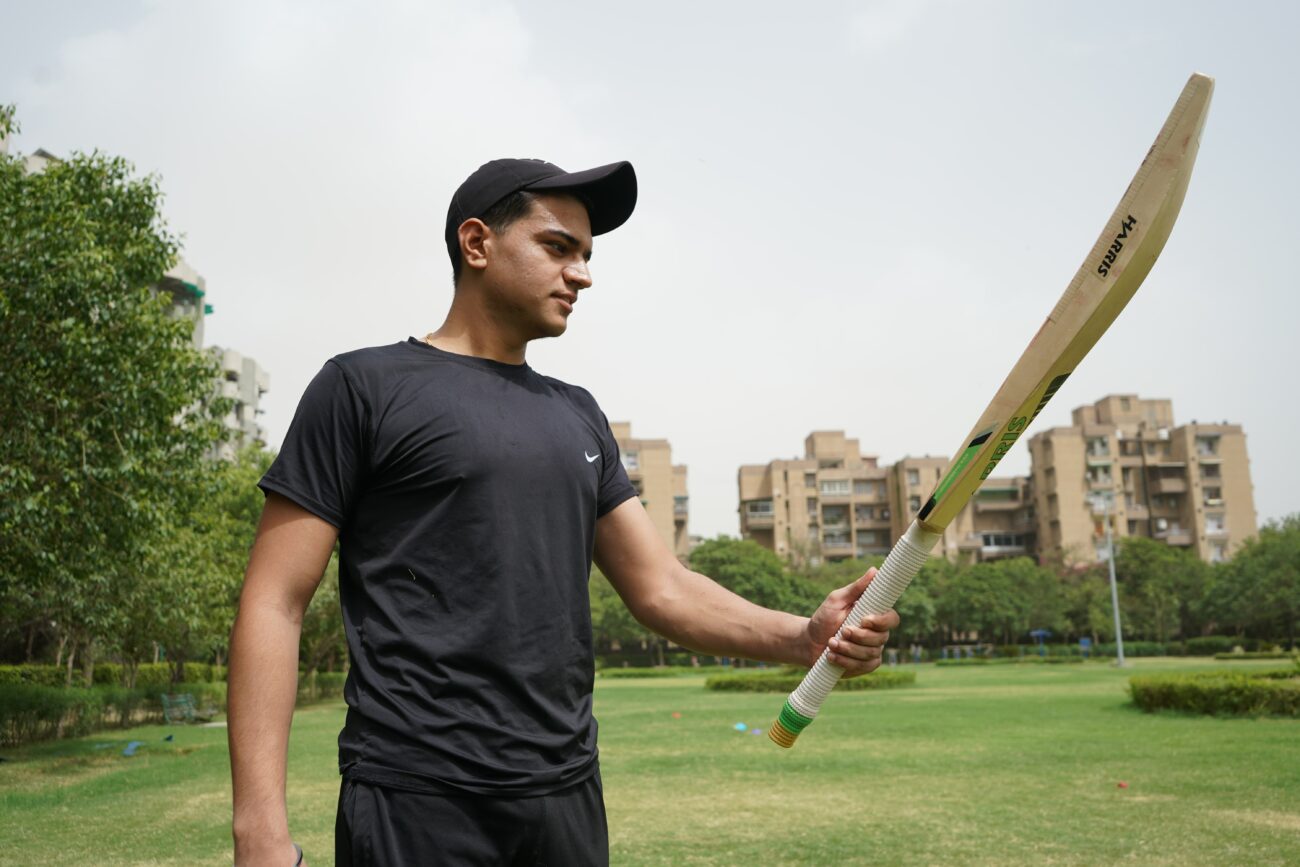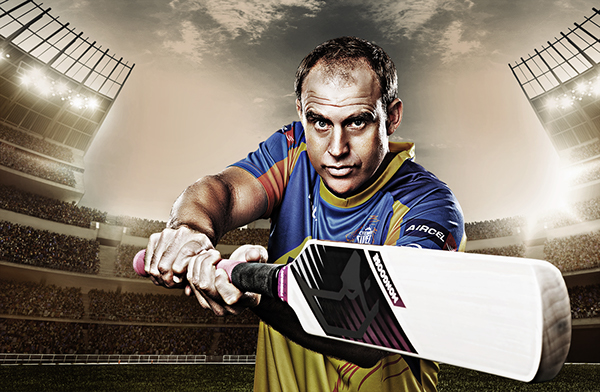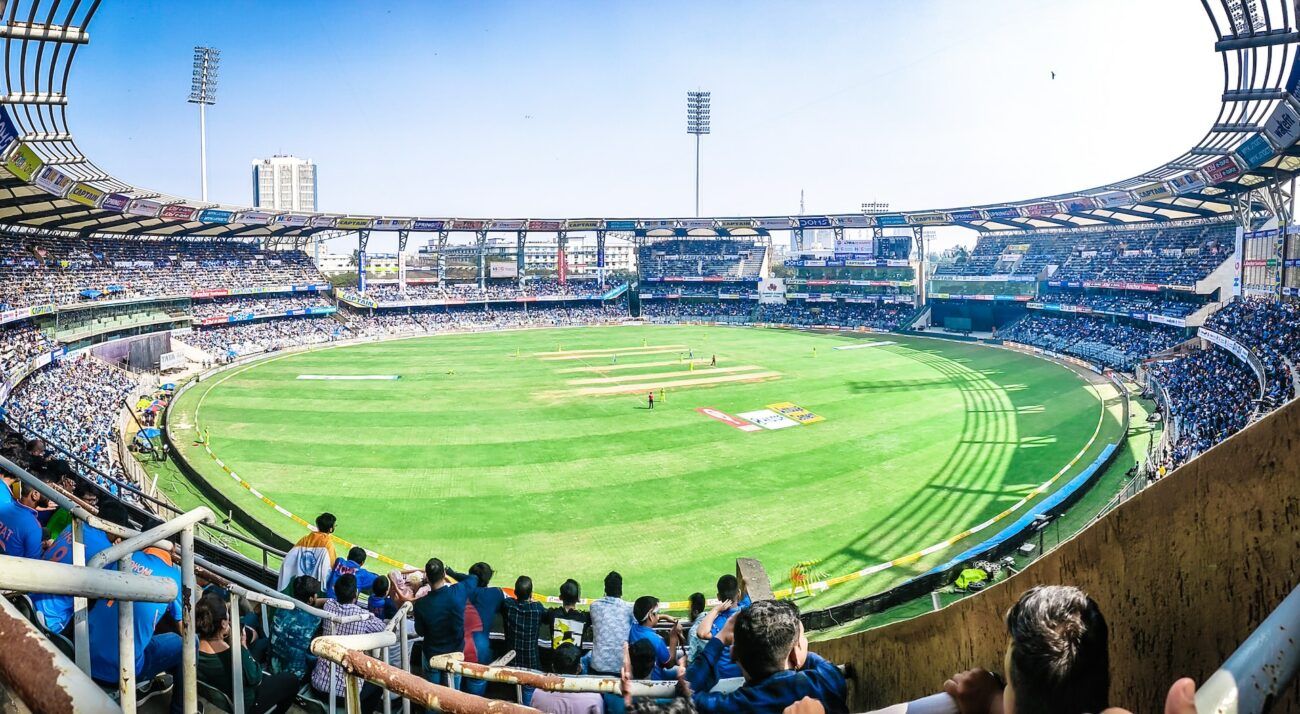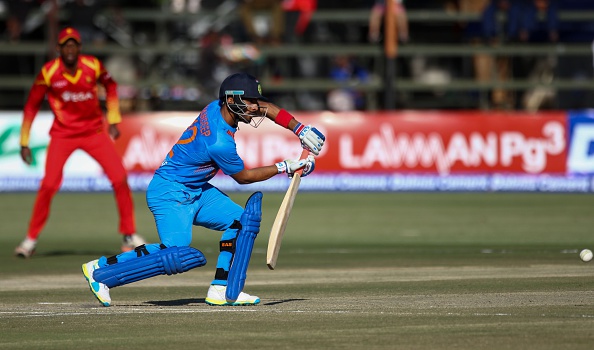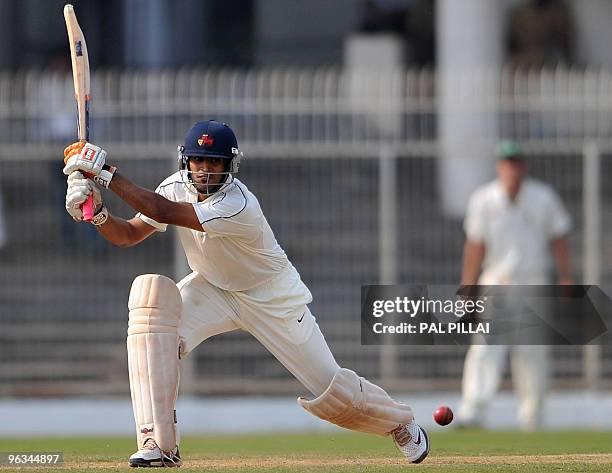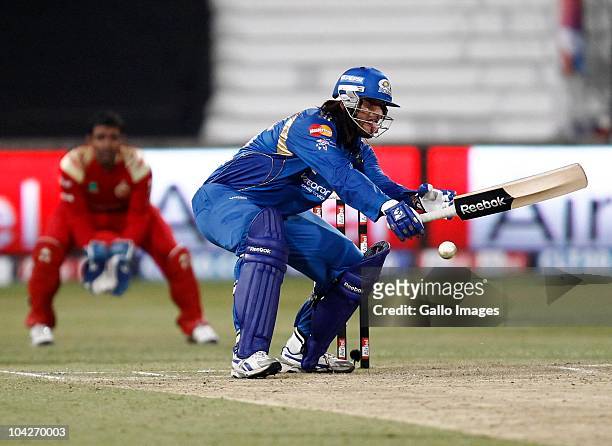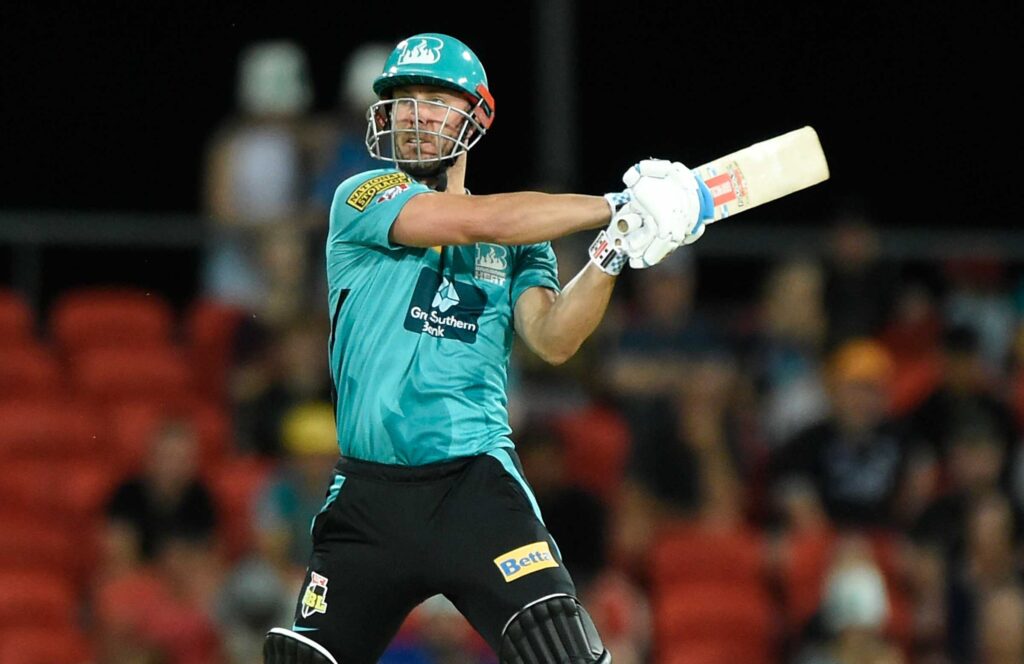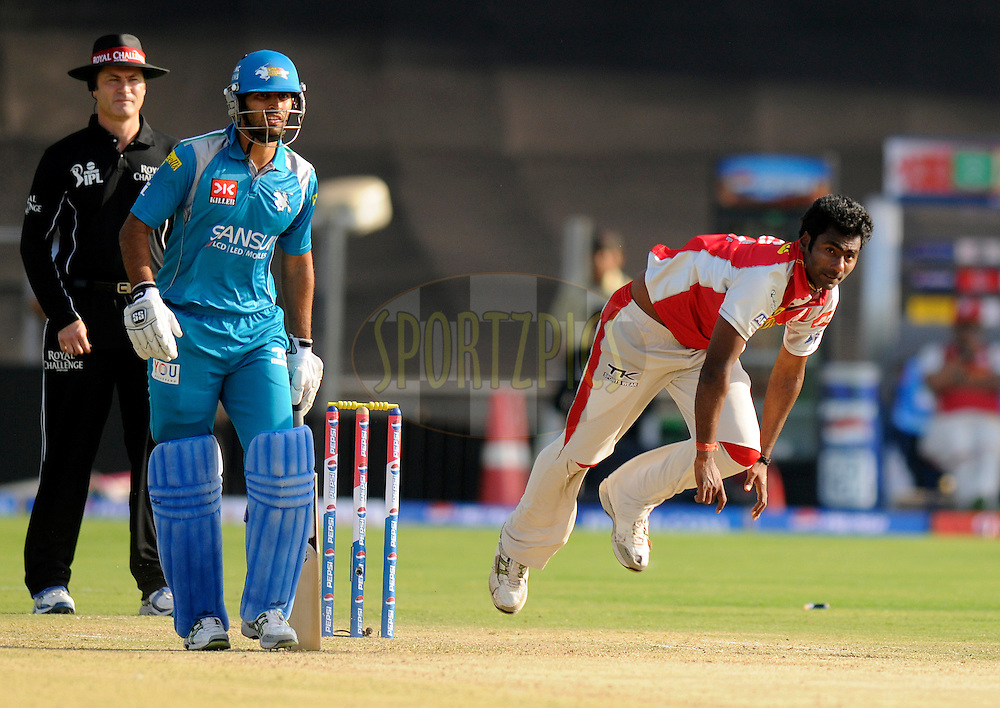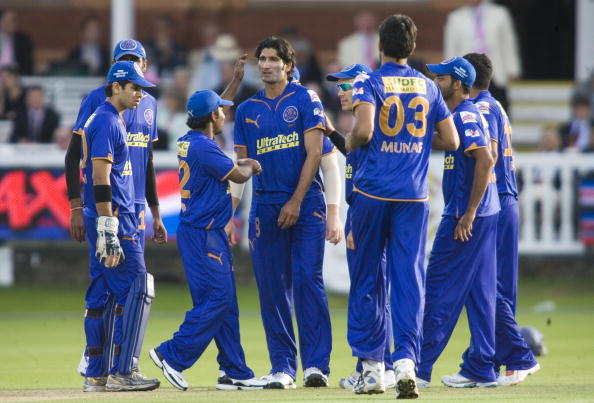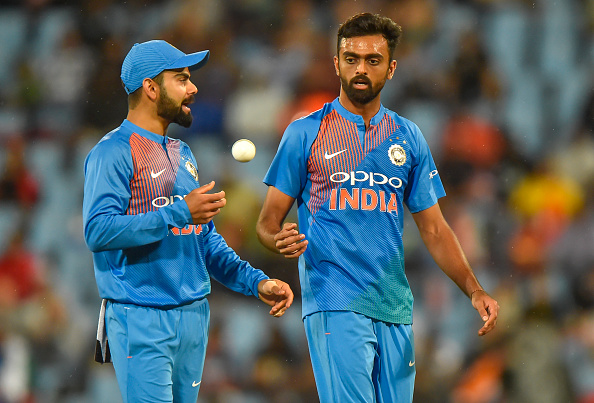MS Dhoni: The Man with Golden Touch
Cricket, a realm where legends are forged and stories of triumph become immortalized in the annals of sporting history, bears witness to a name that exudes unparalleled charisma and sheer brilliance – MS Dhoni. Revered as the “Man with the Golden Touch,” Dhoni’s path from a modest small-town upbringing to a revered global cricketing icon is a tale of extraordinary significance.
Mahendra Singh Dhoni, born on July 7, 1981, in Ranchi, a city immersed in the cricket fervor of India, would emerge as an iconic figure and one of the most accomplished captains the sport has ever witnessed. His ascent to prominence aligned with a transformative era in Indian cricket, where he steered the team to unparalleled achievements in both domestic and international arenas, etching his name in the annals of the game’s history.
What makes MS Dhoni a man with a Golden Touch?
At 41 years of age, MS Dhoni continues to redefine the very essence of cricket. Celebrated as the ultimate finisher, he remains unparalleled in his ability to guide his team toward victory and is revered as the finest wicketkeeper the game has witnessed. Dhoni’s exceptional game sense and astute leadership qualities make him an invaluable asset to any team, irrespective of his batting position.
His impact surpasses mere statistical achievements, as his mere presence on the field ignites electric energy and garners immense adoration from fans, evident with every step he takes into the stadium during the ongoing IPL. The fact that India has not secured an ICC title since his relinquishment of captaincy speaks volumes about the irreplaceable brilliance possessed by this extraordinary individual.
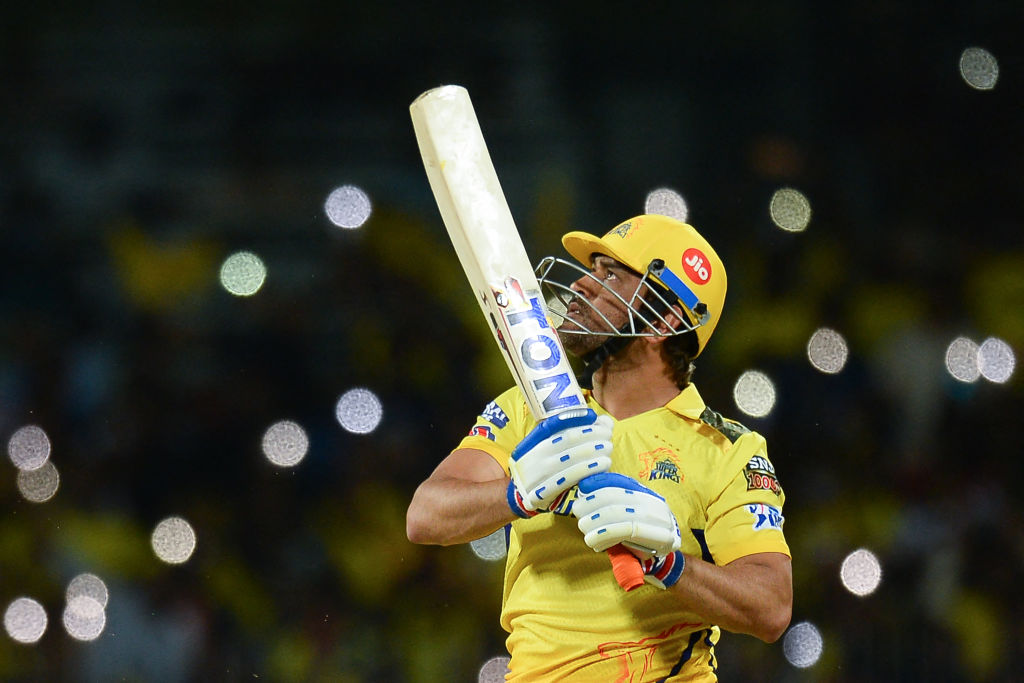
Creator: R.SATISH BABU | Credit: AFP via Getty Images
MS Dhoni’s influence on the careers of fellow cricketers is legendary, as he has played a pivotal role in rejuvenating and transforming the trajectories of many players. One shining example is his unwavering support for Virat Kohli during a difficult phase in 2015. Dhoni’s belief in Kohli’s abilities helped the young batsman regain his confidence and emerge as one of the world’s best batters of this generation.
Another significant contribution from Dhoni was the decision to promote Rohit Sharma as an opener. This strategic move proved to be a turning point in Sharma’s career, as he transformed into the explosive and prolific batsman known as the “Hit-man”. Dhoni’s foresight and belief in Sharma’s capabilities unlocked his true potential, enabling him to scale new heights in limited-overs cricket.
Dhoni’s influence extends beyond batting, as he has also played a crucial role in shaping the careers of players in the Test arena. When Ajinkya Rahane joined Dhoni’s team, Chennai Super Kings, in 2023, he experienced a resurgence in form and subsequently earned a place in India’s Test team for the upcoming WTC finals against Australia. Dhoni’s guidance and mentorship provided Rahane with the platform to regain his rhythm and make significant contributions to the Indian Test side.
The impact of Dhoni’s nurturing and mentorship extends to the Chennai Super Kings (CSK) franchise as well. Under his leadership, young and talented players have thrived, while experienced players have found renewed vigor. The chance to play alongside and learn from Dhoni is a dream for every cricketer, both aspiring youngsters and seasoned legends, as his presence on the field elevates the game to a whole new level.
Dhoni’s ability to provide players with second chances and instill confidence in them has earned him immense respect and admiration. His guidance not only shapes individual careers but also contributes to the overall success of the teams he represents. It is a testament to his leadership skills and deep understanding of the game that cricketers from all corners of the world aspire to share the field with MSD someday, hoping to learn from his wealth of knowledge and experience.
The impact of MS Dhoni stretches well beyond his personal on-field accomplishments. His influence has been instrumental in reviving careers, nurturing talent, and instilling unwavering confidence in players through his unwavering support and mentorship. The far-reaching effects of his guidance and belief in fellow cricketers have left an enduring imprint on the sport, positioning him as a revered figure and a perennial source of inspiration for future generations.
A rare blend of extraordinary talent, calm composure, and an astute understanding of the game characterized Dhoni’s ascent in the cricketing world. Known for his lightning-quick reflexes behind the stumps, Dhoni redefined wicketkeeping with his fulgurant stumpings and acrobatic catches. His batting prowess, particularly his explosive hitting in the limited-overs formats, made him a force to be reckoned with and a nightmare for opposition bowlers.
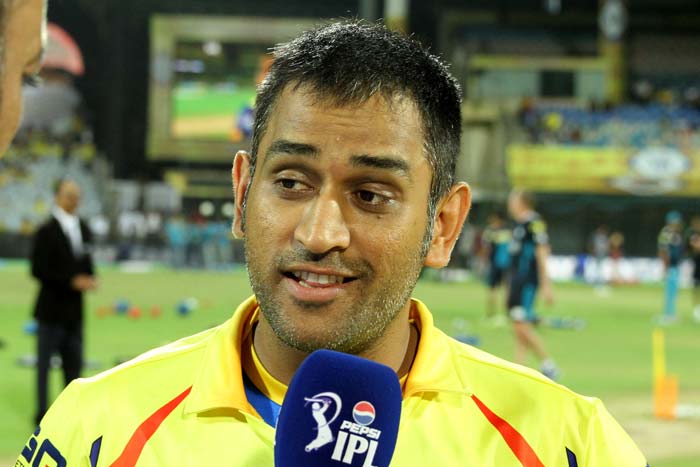
Creator: Prashant Bhoot-IPL-SPORTZPICS Copyright: http://www.sportzpics.co.za/image/I0000SoRagM2cIEc
However, not just his skills on the field propelled Dhoni to legendary status. It was his impeccable leadership qualities and unflinching temperament that set him apart. Under his captaincy, India achieved remarkable success, including winning the inaugural ICC World Twenty20 in 2007, the ICC Champions Trophy in 2013, and the pinnacle of all cricketing events, the ICC Cricket World Cup in 2011. Dhoni’s indomitable spirit and tactical genius were instrumental in scripting these historic triumphs, forever etching his name in Indian cricket folklore.
Beyond his exploits on the cricket field, Dhoni’s humble demeanor and unwavering humility earned him the love and adoration of millions of fans worldwide. He became an embodiment of inspiration for aspiring cricketers, proving that hard work, perseverance, and staying true to oneself can pave the way for greatness. As we delve into the extraordinary life and career of MS Dhoni, we will uncover the remarkable moments, triumphs, and challenges he faced along the way.
The Rise of MS Dhoni
The rise of MS Dhoni in the world of cricket is a tale of perseverance, talent, and unwavering determination. From his early days in domestic cricket to leading the Indian national team, Dhoni’s ascent to stardom captivated the cricketing world and left an indelible mark on the sport.
After making his international debut in 2004, Dhoni’s initial performances showcased glimpses of his immense potential. However, it was during the 2005 tour of Pakistan that he truly announced his arrival on the international stage. In the second ODI of the series, Dhoni unleashed his explosive batting style, hammering a blistering 148 off just 123 deliveries. The innings not only propelled India to victory but also marked the arrival of a new cricketing sensation.
Dhoni’s fearless and unconventional approach to batting caught the attention of cricket enthusiasts and experts alike. His ability to effortlessly clear the boundaries with his power-hitting and unorthodox shots, including the signature helicopter shot, made him a nightmare for bowlers to contend with. Dhoni’s style of play revolutionized the role of the wicketkeeper-batsman, elevating it to new heights and inspiring a generation of cricketers.
As Dhoni’s reputation grew, he soon became a vital cog in India’s limited-overs setup. His calm and composed demeanor under pressure earned him the moniker of “Captain Cool.” In 2007, he was entrusted with the leadership of the Indian cricket team in the inaugural ICC World Twenty20 held in South Africa. Dhoni’s astute captaincy and leadership qualities guided an inexperienced Indian side to a historic triumph, defeating arch-rivals Pakistan in a thrilling final. This victory not only cemented his place as a leader but also propelled him to the forefront of Indian cricket.
In 2008, Dhoni’s leadership skills were further recognized when he was appointed as the captain of the Indian Test team. Under his captaincy, India achieved unprecedented success, including reaching the number-one spot in the ICC Test rankings for the first time. Dhoni’s tactical acumen, calm decision-making, and ability to extract the best out of his players played a crucial role in India’s rise as a dominant force in world cricket.
However, it was in the limited-overs format that Dhoni truly left an indelible mark. In 2011, he achieved the pinnacle of his career by leading India to a historic victory in the ICC Cricket World Cup. Dhoni’s captaincy and match-winning performances, particularly his unbeaten innings of 91 in the final, guided India to their first World Cup triumph in 28 years. The sight of Dhoni hitting the winning six will forever be etched in the memories of cricket fans around the world.
MS Dhoni’s early life
MS Dhoni’s early life was rooted in modest beginnings, laying the foundation for his extraordinary journey in the world of cricket. Born on July 7, 1981, in Ranchi, Jharkhand, India, Dhoni grew up in a middle-class family with limited means but abundant dreams.
From a young age, Dhoni displayed a natural affinity for sports, excelling in both cricket and football. His talent and passion for cricket soon became evident, and he dedicated himself to honing his skills, spending countless hours practicing in his school and local grounds. With a simple goal in mind—to represent his country at the highest level—Dhoni embarked on a journey that would test his determination and resilience.
Though he possessed raw talent, Dhoni faced several challenges on his path to success. Limited access to advanced training facilities and financial constraints were constant hurdles that he had to overcome. However, his unwavering focus and self-belief propelled him forward, and he turned every obstacle into an opportunity for growth.
Dhoni’s breakthrough came when he was selected to represent his state, Bihar (which later became Jharkhand), in domestic cricket. His performances caught the attention of talent scouts, and he earned his spot in the Indian U-19 team, where he showcased his potential as a dynamic wicketkeeper-batsman.
In 2004, Dhoni made his much-awaited debut in international cricket, donning the Indian jersey for the first time in an ODI against Bangladesh. While his initial outings were met with mixed results, it was his fearless approach and explosive stroke play that garnered attention. His big-hitting prowess and the ability to finish matches with a flourish earned him the reputation of a match-winner.
As Dhoni continued to make his mark in international cricket, his unique style and unorthodox techniques became his trademark. His lightning-quick glovework behind the stumps revolutionized wicketkeeping, setting new standards for agility and precision. Meanwhile, his ability to effortlessly clear boundaries with his powerful bat made him a force to be reckoned with.
Off the field, Dhoni’s down-to-earth nature and humble demeanor won him admirers far and wide. Despite his rising stardom, he remained grounded, never losing sight of his roots. His strong work ethic, discipline, and penchant for taking calculated risks became the pillars of his success.
Dhoni’s early life experiences, marked by resilience and the determination to overcome obstacles, shaped his character and fortified his resolve to succeed against all odds. His journey from a small-town boy to the pinnacle of cricketing achievement serves as an inspiration to countless aspiring cricketers, reminding them that with talent, perseverance, and an unwavering belief in oneself, dreams can indeed become reality.
The story of MS Dhoni’s early life serves as a testament to the transformative power of passion, hard work, and an unyielding spirit. It is a reminder that greatness knows no boundaries and that the pursuit of one’s dreams can lead to extraordinary achievements.

